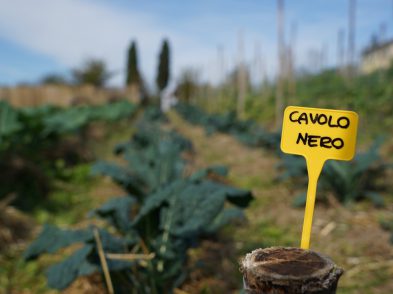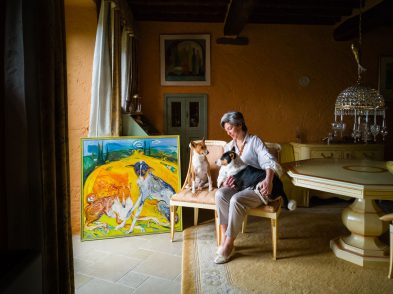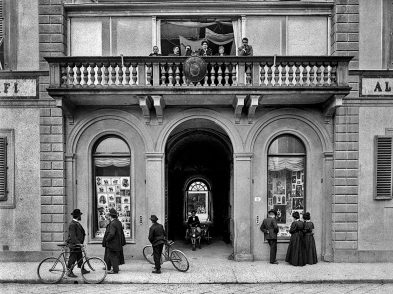Prato is currently celebrating its illustrious artistic history through an extensive exhibit, From Donatello to Lippi: Officina Pratese, uniting spaces around the city in a modern museum collaboration that parallels the artistic contamination between Renaissance workshops. Paintings, sculpture, textiles and documents tell the story of a city that was central, not peripheral, to the history of art.
Palazzo Pretorio, Prato’s city hall, closed for restoration since 1998, now houses a major exhibit of paintings and sculptures that are testimony to the importance of Prato during the Quattrocento, with works by Donatello, Paolo Uccello, Filippo and Filippino Lippi, and some of their students. This exhibit is a major step towards the complete reopening of this attractive space in the centre of the city (slated for spring 2014). It is also a big deal in terms of cultural promotion and organization: a loan exhibition with works from museums in Dublin, Budapest, Oxford and even Melbourne, and with an international scientific committee that includes curators from New York and Philadelphia. It is also a joint venture between the private and public spheres, involving not only the one location but other venues throughout Prato, bringing awareness and more visitors to these lesser-known cultural sites.
The aim of the exhibit is to prove that Prato is not just a suburb of Florence but artistically important in its own right, and that in this city there was a veritable officina or workshop, bearing a distinctive style that can be traced to the presence of Donatello and Filippo Lippi in Prato. In and of itself, the exhibit does not contain many well-known masterpieces but rather contributes to our understanding of certain moments in art history, especially the early years of Paolo Uccello, best known for his strongly perspectival works; here, we see tiny religious pieces that are profoundly grounded in the international gothic style.

Step out of the Palazzo Pretorio and you are just a few meters away from the Duomo, where Donatello and Michelozzo designed the external pulpit, and where Filippo Lippi painted the high chapel with stories from the lives of St. Stephen and St. John the Baptist. Next to the high chapel is a smaller one started by Paolo Uccello and finished by a minor artist. Both were restored a few years ago (see TF 75; http://tinyurl.com/k8r5k8w), and the temporary exhibit helps contextualize these works. They are absolutely part of the show and worth revisiting even if you have seen them before.
Throughout the exhibition space in the Palazzo Pretorio there are documents attesting to relevant commissions or moments in history. There are more of these precious account books and letters on display at Palazzo Datini (Museo Casa Datini), which houses the state archives and the private collection of documents conserved by Francesco Datini, Prato’s most famous merchant. Further documents related to the later history of Lippi in nineteenth-century Prato can be found in the satellite exhibit at the Biblioteca Roncioniana (piazza San Francesco, 27). (For more about Datini, the city’s famous biscotti and the top 10 reasons to visit Prato, see TF 182; http://tinyurl.com/c95zava.)
A final part of the exhibit at the Museo del Tessuto (via Puccetti, 3) connects Renaissance textiles to those seen in the paintings by Lippi and others. Elaborate silk fabrics from the Quattrocento and Cinquecento are shown in low light next to either paintings that show the use of this fabric or nineteenth-century replicas created by a Florence-based workshop, Fondazione Lisio. In collaboration with the Museo Leonardiano in Vinci, there is also a section dedicated to Renaissance textile production, in which we learn that Leonardo da Vinci designed some improvements to textile machines; these could have generated an industrial revolution in Italy hundreds of years before it happened in England had anyone put them into action. It is certainly worth including this museum in your visit, which is also an opportunity to check out the just-revealed display about local textile production on the upper floor.
The Officina Pratese is an exemplary collaboration among museums toward a common goal of promoting a city and its culture—a collaboration that, one hopes, will be replicated here and elsewhere in Italy.
FROM DONATELLO TO LIPPI
Officina Pratese
Until January 13, 2014
Suggested station: Prato Porta al Serraglio







